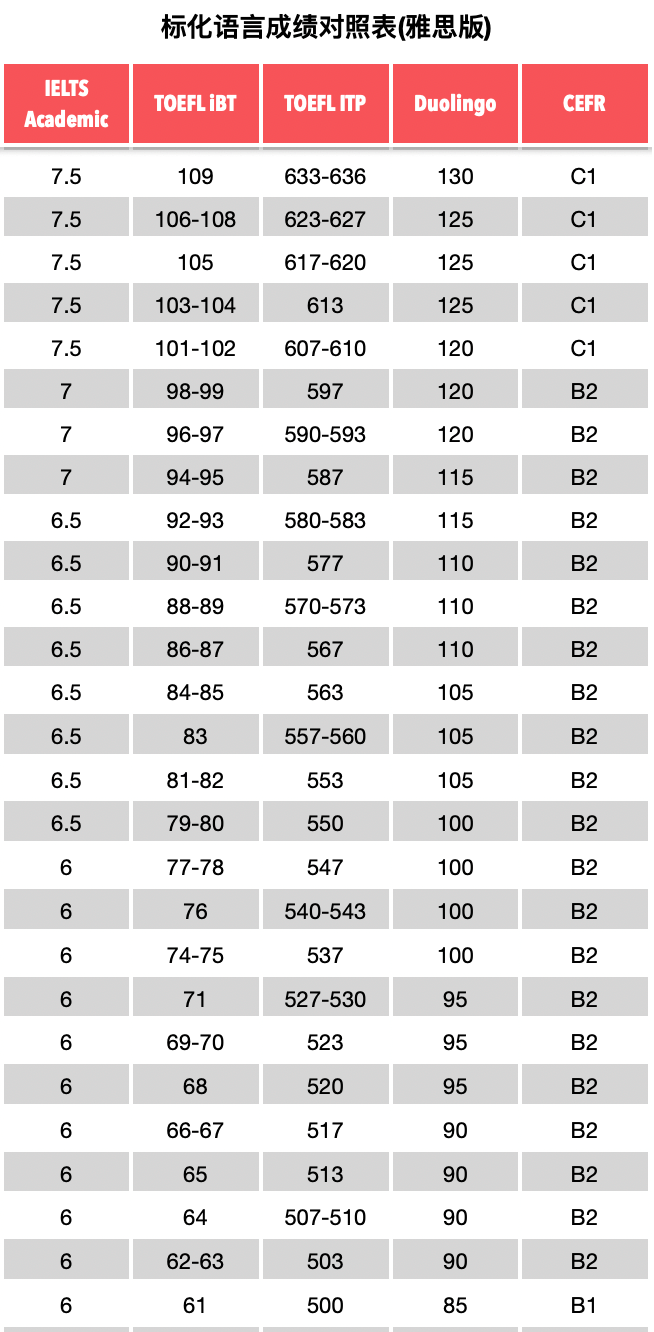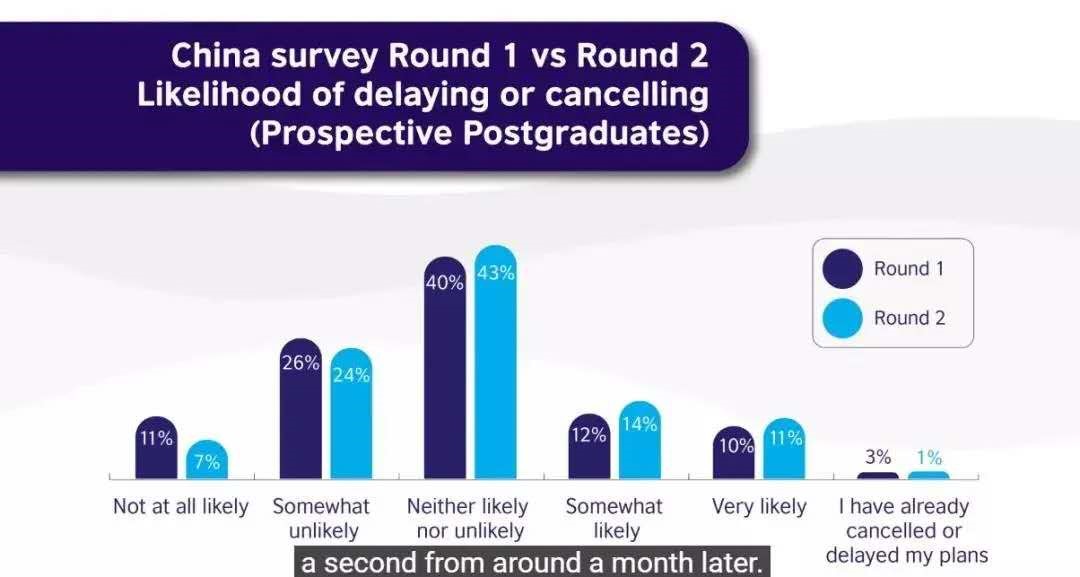为了让大家更好的备考雅思,今天小编给大家带来雅思A类和G类阅读考试简介,希望能够帮助到大家,下面小编就和大家分享,来欣赏一下吧。
雅思A类和G类阅读考试简介
雅思阅读考试内容由三至四篇文章构成,有40个左右的问题。它的最大特点是大部分题不是传统的多项选择题。比如,试题中的一篇文章有8段,问题中列出12个小标题,要求考生根据每段的内容从12个小标题中挑出本段的小标题。再比如,文章描述某一过程 (如打捞沉船),要求考生把问题中列出的若干个步骤按其在过程中的先后顺序排序。
雅思阅读考试试题还可能要求考生从列出的十几个单词、词组中选择正确答案填入一篇短文,其中一部分词或词组为干扰性选择,答题时有时还需参考试题中的另一篇文章。由于干扰因素很多,猜对的可能性几乎为零。IELTS考试阅读部分与其他阅读考试的另一重大区别是,IELTS考试不仅不含语法和词汇题,反而可能会列出若干关键词和定义,以帮助考生更好地理解。
阅读(学术类)
介绍:
阅读考试形式
IELTS考试阅读(学术类)部分共有三篇文章,考生需要回答40道题目。每一篇文章所需要回答的问题数量并不相同。每一道问题相对应一个分数。
文章内容和题目均出现于问卷中。
作答方式
考生需将答案填写在答卷中。
考试时间
IELTS考试阅读(学术类)部分总共用时60分钟。考生应在考试时间内将答案转抄至答卷上,转抄答案不会获得额外的时间。
计分方式
每正确回答一道问题,考生将获得一分。
文章介绍
阅读考试中所出现的文章是由真实的文章改写而成的。这些文章来源于诸如杂志、期刊、书籍和报纸等途径,与考生未来在大学课程中将阅读到的文章极为相似。文章还包括了非文字性的内容,比如图表、曲线图、以及画图等。文章的写作方式多样,比如记叙文、说明文或者议论文等文体。文章的内容包含即将学习本科、研究生课程或进行职业注册的考生所感兴趣的、与其认知程度相符的常见话题。其中,至少一篇文章会出现详尽的论述形式。
文章长度
所有文章总计长度约在2000到2750字之间。
阅读(培训类)
介绍:
阅读考试形式
IELTS考试阅读(培训类)部分共有三部分,文章难度由浅至深,考生需要回答40道题目。第一部分有14道题目,第二和第三部分分别有13道题目。
第一部分通常包含2到3篇短文或者若干段文字(如广告等)。第二部分通常有2篇文章,第三部分则为一段较长的文章。文章的内容和文体各有不同,难度最深的为第三部分的内容。
文章内容和题目均出现于问卷中。
作答方式
考生需将答案填写在答卷中。
考试时间
IELTS考试阅读(培训类)部分总共用时60分钟。考生应在考试时间内将答案转抄至答卷册上,转抄答案不会获得额外的时间。
计分方式
每正确回答一道问题,考生将获得一分。
文章介绍
第一部分的内容选自通知、广告、时间表、宣传品、以及其它的类似内容。第二部分的内容选自大学招生简章、课程介绍、大学课程介绍、图书馆指引、规定、以及其它的类似内容。第三部分的内容选自报纸、杂志、期刊、小说或非虚构的书籍、以及其它的类似内容。
文章长度
所有文章总计长度约在2400字左右。
题目形式
IELTS考试阅读部分(培训类)有11种基本的题型,部分还会有其它的变化形式。
以上就是雅思A类和G类阅读考试简介的全部内容,可以看出雅思G类的阅读考试难度比雅思A类的阅读考试难度要低,对于大多数中国留学生来说,考雅思的目的在于出国留学,所以我们应该看雅思学术类的阅读部分考试内容。雅思学术类的阅读有一个特点就是题型多,你不仅要读懂文章,还有读懂题干,知道出题点在哪里。
雅思阅读全真练习系列:new weapon to fight cancer
new weapon to fight cancer
1. British scientists are preparing to launch trials of a radical new way to fight cancer, which kills tumours by infecting them with viruses like the common cold.
2. If successful, virus therapy could eventually form a third pillar alongside radiotherapy and chemotherapy in the standard arsenal against cancer, while avoiding some of the debilitating side-effects.
3. Leonard Seymour, a professor of gene therapy at Oxford University, who has been working on the virus therapy with colleagues in London and the US, will lead the trials later this year. Cancer Research UK said yesterday that it was excited by the potential of Prof Seymour's pioneering techniques.
4. One of the country's leading geneticists, Prof Seymour has been working with viruses that kill cancer cells directly, while avoiding harm to healthy tissue. "In principle, you've got something which could be many times more effective than regular chemotherapy," he said.
5. Cancer-killing viruses exploit the fact that cancer cells suppress the body's local immune system. "If a cancer doesn't do that, the immune system wipes it out. If you can get a virus into a tumour, viruses find them a very good place to be because there's no immune system to stop them replicating. You can regard it as the cancer's Achilles' heel."
6. Only a small amount of the virus needs to get to the cancer. "They replicate, you get a million copies in each cell and the cell bursts and they infect the tumour cells adjacent and repeat the process," said Prof Seymour.
7. Preliminary research on mice shows that the viruses work well on tumours resistant to standard cancer drugs. "It's an interesting possibility that they may have an advantage in killing drug-resistant tumours, which could be quite different to anything we've had before."
8. Researchers have known for some time that viruses can kill tumour cells and some aspects of the work have already been published in scientific journals. American scientists have previously injected viruses directly into tumours but this technique will not work if the cancer is inaccessible or has spread throughout the body.
9. Prof Seymour's innovative solution is to mask the virus from the body's immune system, effectively allowing the viruses to do what chemotherapy drugs do - spread through the blood and reach tumours wherever they are. The big hurdle has always been to find a way to deliver viruses to tumours via the bloodstream without the body's immune system destroying them on the way.
10. "What we've done is make chemical modifications to the virus to put a polymer coat around it - it's a stealth virus when you inject it," he said.
11. After the stealth virus infects the tumour, it replicates, but the copies do not have the chemical modifications. If they escape from the tumour, the copies will be quickly recognised and mopped up by the body's immune system.
12. The therapy would be especially useful for secondary cancers, called metastases, which sometimes spread around the body after the first tumour appears. "There's an awful statistic of patients in the west ... with malignant cancers; 75% of them go on to die from metastases," said Prof Seymour.
13. Two viruses are likely to be examined in the first clinical trials: adenovirus, which normally causes a cold-like illness, and vaccinia, which causes cowpox and is also used in the vaccine against smallpox. For safety reasons, both will be disabled to make them less pathogenic in the trial, but Prof Seymour said he eventually hopes to use natural viruses.
14. The first trials will use uncoated adenovirus and vaccinia and will be delivered locally to liver tumours, in order to establish whether the treatment is safe in humans and what dose of virus will be needed. Several more years of trials will be needed, eventually also on the polymer-coated viruses, before the therapy can be considered for use in the NHS. Though the approach will be examined at first for cancers that do not respond to conventional treatments, Prof Seymour hopes that one day it might be applied to all cancers.
(665 words)
Questions 1-6 Do the following statements agree with the information given in the reading passage? For questions 1-6 write
TRUE if the statement agrees with the information
FALSE if the statement contradicts the information
NOT GIVEN if there is no information on this in the passage
1.Virus therapy, if successful, has an advantage in eliminating side-effects.
2.Cancer Research UK is quite hopeful about Professor Seymour’s work on the virus therapy.
3.Virus can kill cancer cells and stop them from growing again.
4.Cancer’s Achilles’ heel refers to the fact that virus may stay safely in a tumor and replicate.
5.To infect the cancer cells, a good deal of viruses should be injected into the tumor.
6.Researches on animals indicate that virus could be used as a new way to treat drug-resistant tumors.
Question 7-9 Based on the reading passage, choose the appropriate letter from A-D for each answer.
7.Information about researches on viruses killing tumor cells can be found
(A) on TV
(B) in magazines
(C) on internet
(D) in newspapers
8.To treat tumors spreading out in body, researchers try to
(A) change the body’ immune system
(B) inject chemotherapy drugs into bloodstream.
(C) increase the amount of injection
(D) disguise the viruses on the way to tumors.
9.When the chemical modified virus in tumor replicates, the copies
(A) will soon escape from the tumor and spread out.
(B) will be wiped out by the body’s immune system.
(C) will be immediately recognized by the researchers.
(D) will eventually stop the tumor from spreading out.
Questions 10-13 Complete the sentences below. Choose your answers from the list of words. You can only use each word once.
NB There are more words in the list than spaces so you will not use them all.
In the first clinical trials, scientists will try to ……10…… adenovirus and vaccinia, so both the viruses will be less pathogenic than the ……11…….These uncoated viruses will be applied directly to certain areas to confirm safety on human beings and the right ……12…… needed. The experiments will firstly be ……13……to the treatment of certain cancers
List of Words
dosage responding smallpox virus
disable natural ones inject
directed treatment cold-like illness
kill patients examined
雅思A类和G类阅读考试简介
上一篇:基础弱怎么备考雅思






